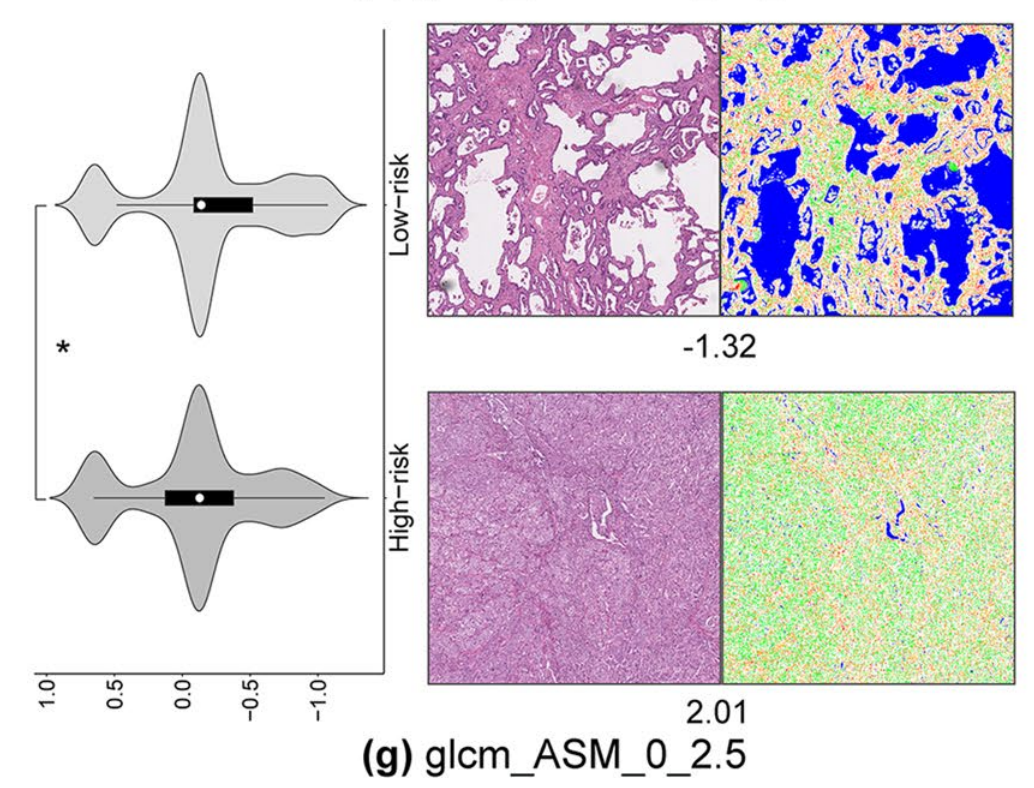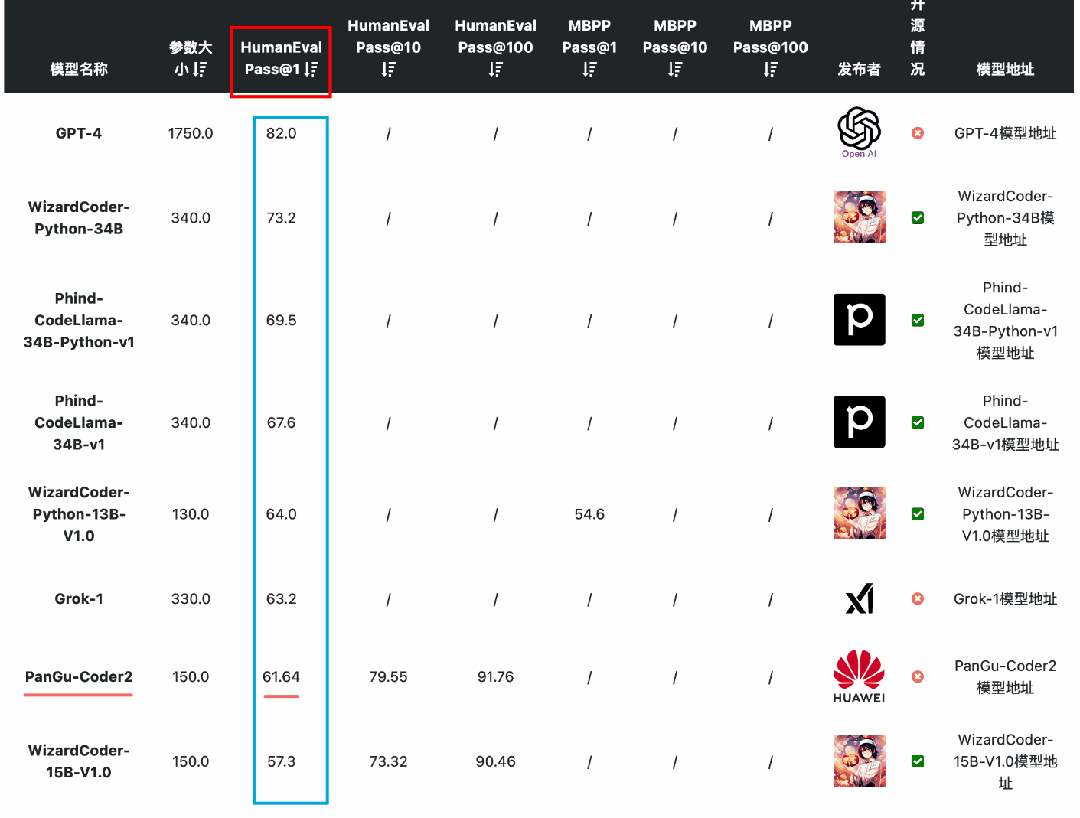目录
一、队列基础知识
1.队列的概念
2.队列的实现
二、代码实现
1.链队列创建
2.链队列遍历
3.入队
4.出队
5.数据测试
6.完整的程序代码
总结
一、队列基础知识
1.队列的概念
今天我们继续学习另一个常见的数据结构——队列。和栈一样,队列也是一种操作受限制的线性表,其限定在表的前端进行删除操作,在表的后端进行插入操作,删除这一端叫做队头,插入这一端叫做队尾。由于队列属于线性表的范畴,所以队列当然拥有线性表存储数据的特性,其中队列存储的数据元素称为队列元素。注意,当队列中没有数据元素时,为空队列。
在之前,我们说过栈是一种先进后出(后进先出)的线性表,而队列却完全不一样。因为队列只能在队头删除,在队尾插入,所以最先进入的元素会最早到达队头然后被删除,因此队列是一种先进先出(后进后出)的线性表。这其实有点像我们平时在电影院排队买票,第一个排队的人就最先到达队头买票,最后一个排队的人只能最晚到达队头买票。
和顺序表、链表、栈这些线性表一样,队列也有一些基本操作实现,这里我们主要介绍的是入队和出队。
- 入队:在队列中插入一个队列元素就叫做入队
- 出队:在队列中删除一个队列元素就叫做出队

2.队列的实现
在java中,队列的实现可以通过以下两种方式完成。
- 顺序队列:以数组为底层,通过顺序存储结构实现队列。分配一段连续的存储空间,用两个整型下标front和rear分别代表队头和队尾。

- 链队列:以链表为底层,通过链表存储结构来实现队列。链队列类似于一个单链表,用头指针header和尾指针tail分别指向队头和队尾。

二、代码实现
这里我们采用链队列进行模拟。
1.链队列创建
由于链队列基于链表结构,所以它的创建大体上和链表差不多,结合之前学过的链表知识可以很容易得到如下代码:
第一步,我们同样创建一个内部类Node作为结点类,并在其中定义成员变量data域和next域,以及一个基本成员方法。
public class LinkedQueue {
/**
* An inner class.
*/
class Node {
/**
* The data.
*/
int data;
/**
* The reference to the next node.
*/
Node next;
/**
*******************
* The constructor.
*
* @param paraValue The data.
*******************
*/
public Node(int paraValue) {
data = paraValue;
next = null;
}// Of the constructor
}// Of class Node第二步,为了方便后续进行出队入队操作,我们提前准备一个头指针header和一个尾指针tail,并通过new关键字为其分配内存空间。
/**
* The header of the queue.
*/
Node header;
/**
* The tail of the queue.
*/
Node tail;
/**
*********************
* Construct an empty sequential list.
*********************
*/
public LinkedQueue() {
header = new Node(-1);
// header.next = null;
tail = header;
}// Of the first constructor2.链队列遍历
链队列的遍历我们同样通过重写toString()方法来完成,如下:
/**
*********************
* Overrides the method claimed in Object, the superclass of any class.
*********************
*/
public String toString() {
String resultString = "";
if (header.next == null) {
return "empty";
} // Of if
Node tempNode = header.next;
while (tempNode != null) {
resultString += tempNode.data + ", ";
tempNode = tempNode.next;
} // Of while
return resultString;
}// Of toString这段代码在day13链表中有详细的分析,这里就不再重复赘述了。
3.入队
我们知道链表在插入时,一共需要三步,分别是:第一步创建新的结点,第二步找到指定插入位置的前一个结点,第三步修改该指定插入位置前后的指针指向。但是,链队列不一样,因为队列只能在队尾插入,所以我们只需要在原尾指针之后增加一个新的结点即可,具体模拟如下:
/**
*********************
* Enqueue.
*
* @param paraValue The value of the new node.
*********************
*/
public void enqueue(int paraValue) {
Node tempNode = new Node(paraValue);
tail.next = tempNode;
tail = tempNode;
}// Of enqueue首先,定义一个新的结点tempNode;然后通过语句tail.next = tempNode;将原尾指针与新结点链接起来(相当于在原尾指针后面插入新结点);最后不要忘了更新尾指针,将新结点令为新的尾指针(因为尾指针始终指向队尾)。
4.出队
由于链表的存储方式是在物理空间中直接、任意创建一个新的结点,所以它并没有明确的上限,所以在上面链队列入队时,我们并没有考虑队列是否已满的问题。但是,在出队时就需要考虑队列是否为空。
在前面,我们已经定义了头指针和尾指针,当队列为空时,显然头指针等于尾指针,所以我们就把header == tail作为判断队列是否为空的条件,并且规定队列为空时返回 -1。
/**
*********************
* Dequeue.
*
* @return The value at the header.
*********************
*/
public int dequeue() {
if (header == tail) {
System.out.println("No element in the queue");
return -1;
} // Of if
int resultValue = header.next.data;
header.next = header.next.next;
// The queue becomes empty.
if (header.next == null) {
tail = header;
} // Of if
return resultValue;
}// Of dequeue确定该队列不空后,就可以进行出队操作了。早在day13链表中,我们就已经知道头结点header的data域是无效的,没办法执行删除操作,同理这里的头指针header也是如此,所以出队时我们需要跳过头指针,从头指针后面第一个结点开始。显然,header.next就是指的头指针后面第一个结点,而header.next.data就是指头指针后面第一个结点的data域,也就是第一个有效数据(即需要删除的第一个数据),所以我们将其赋给resultValue;然后再通过header.next = header.next.next;实现删除操作。
这里有一个地方需要特别注意,当队列中只有一个有效结点时,头指针header和尾指针tail的指向如图所示:

这个时候再执行header.next = header.next.next;毫无疑问就会将该有效结点和尾指针一同删掉,所以我们需要重新定义尾指针。具体方法就是,当header.next = null即队列为空时,重新定义尾指针tail = header,最后不要忘记返回所删掉的数据。
5.数据测试
接下来进行数据测试:
- 创建LinkedQueue类的一个对象tempQueue,并调用toString()方法进行遍历(此时肯定为空)
- 进行入队操作,利用for循环向空队列中插入5个队列元素,并输出
- 出队一次,并输出
- 再循环执行出队操作5次,并输出
- 最后再循环入队3次,输出
/**
*********************
* The entrance of the program.
*
* @param args Not used now.
*********************
*/
public static void main(String args[]) {
LinkedQueue tempQueue = new LinkedQueue();
System.out.println("Initialized, the list is: " + tempQueue.toString());
for (int i = 0; i < 5; i++) {
tempQueue.enqueue(i + 1);
} // Of for i
System.out.println("Enqueue, the queue is: " + tempQueue.toString());
tempQueue.dequeue();
System.out.println("Dequeue, the queue is: " + tempQueue.toString());
int tempValue;
for (int i = 0; i < 5; i++) {
tempValue = tempQueue.dequeue();
System.out.println("Looped delete " + tempValue + ", the new queue is: " + tempQueue.toString());
} // Of for i
for (int i = 0; i < 3; i++) {
tempQueue.enqueue(i + 10);
} // Of for i
System.out.println("Enqueue, the queue is: " + tempQueue.toString());
}// Of main6.完整的程序代码
package datastructure;
/**
* Linked queue.
*
* @author Xin Lin 3101540094@qq.com.
*/
public class LinkedQueue {
/**
* An inner class.
*/
class Node {
/**
* The data.
*/
int data;
/**
* The reference to the next node.
*/
Node next;
/**
*******************
* The constructor.
*
* @param paraValue The data.
*******************
*/
public Node(int paraValue) {
data = paraValue;
next = null;
}// Of the constructor
}// Of class Node
/**
* The header of the queue.
*/
Node header;
/**
* The tail of the queue.
*/
Node tail;
/**
*********************
* Construct an empty sequential list.
*********************
*/
public LinkedQueue() {
header = new Node(-1);
// header.next = null;
tail = header;
}// Of the first constructor
/**
*********************
* Enqueue.
*
* @param paraValue The value of the new node.
*********************
*/
public void enqueue(int paraValue) {
Node tempNode = new Node(paraValue);
tail.next = tempNode;
tail = tempNode;
}// Of enqueue
/**
*********************
* Dequeue.
*
* @return The value at the header.
*********************
*/
public int dequeue() {
if (header == tail) {
System.out.println("No element in the queue");
return -1;
} // Of if
int resultValue = header.next.data;
header.next = header.next.next;
// The queue becomes empty.
if (header.next == null) {
tail = header;
} // Of if
return resultValue;
}// Of dequeue
/**
*********************
* Overrides the method claimed in Object, the superclass of any class.
*********************
*/
public String toString() {
String resultString = "";
if (header.next == null) {
return "empty";
} // Of if
Node tempNode = header.next;
while (tempNode != null) {
resultString += tempNode.data + ", ";
tempNode = tempNode.next;
} // Of while
return resultString;
}// Of toString
/**
*********************
* The entrance of the program.
*
* @param args Not used now.
*********************
*/
public static void main(String args[]) {
LinkedQueue tempQueue = new LinkedQueue();
System.out.println("Initialized, the list is: " + tempQueue.toString());
for (int i = 0; i < 5; i++) {
tempQueue.enqueue(i + 1);
} // Of for i
System.out.println("Enqueue, the queue is: " + tempQueue.toString());
tempQueue.dequeue();
System.out.println("Dequeue, the queue is: " + tempQueue.toString());
int tempValue;
for (int i = 0; i < 5; i++) {
tempValue = tempQueue.dequeue();
System.out.println("Looped delete " + tempValue + ", the new queue is: " + tempQueue.toString());
} // Of for i
for (int i = 0; i < 3; i++) {
tempQueue.enqueue(i + 10);
} // Of for i
System.out.println("Enqueue, the queue is: " + tempQueue.toString());
}// Of main
}// Of class LinkedQueue运行结果

总结
队列是一个非常基本非常重要的数据结构,因其先进先出的特性,使得它在管理和调度顺序性任务时非常有效,在很多实际问题中,合理利用队列可以提升效率、保证数据处理的顺序性和稳定性;同时,队列还可以用来实现很多算法,比如广度优先搜索算法、消息传递等等。
队列和我们之前学过的栈都是常用的两种数据结构,也均为受限线性表,只不过前者为先进先出,适用于按顺序处理的场景,后者为先进后出,适合需要逆序处理的场景。


















